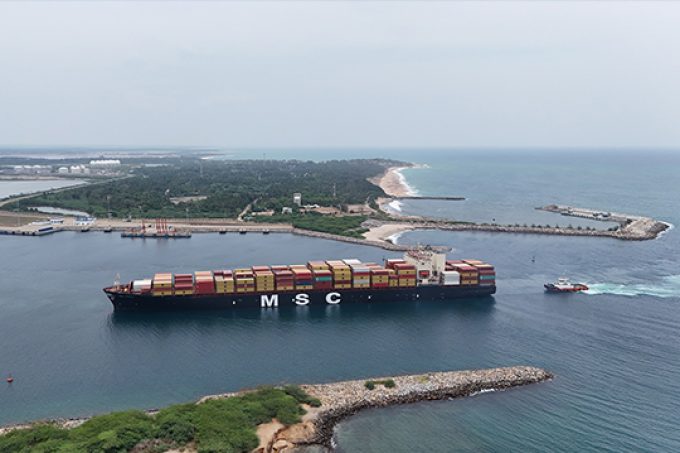MSC to launch new Oceania-US east coast Eagle service next year
Australian and New Zealand exporters to North America are set to get the second direct ...

Container transhipment flows out of Sri Lanka – historically concentrated at Colombo port – are set to diversify intra-country, after Hambantota International Port (HIP) began container operations.
Located some 250km south-east of Colombo, HIP – under the ownership of China Merchants Port Holdings (CMPort) – hosted ...


Comment on this article